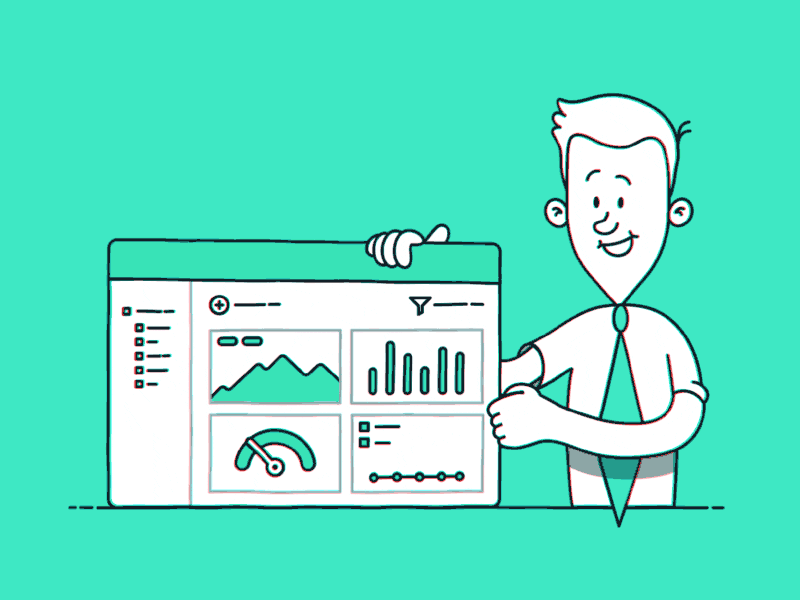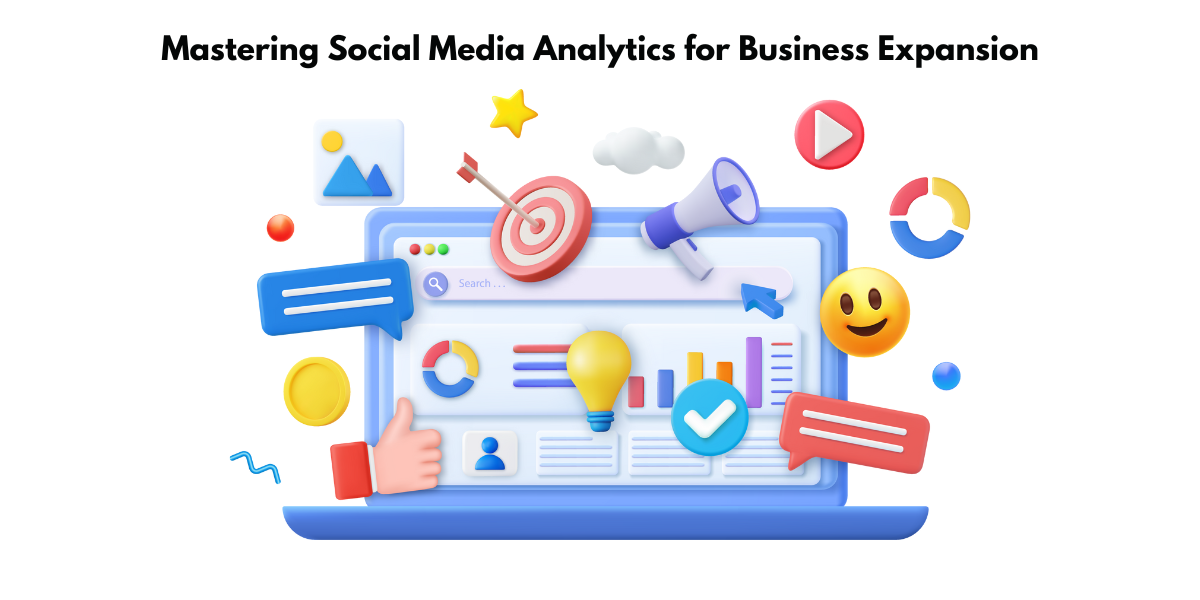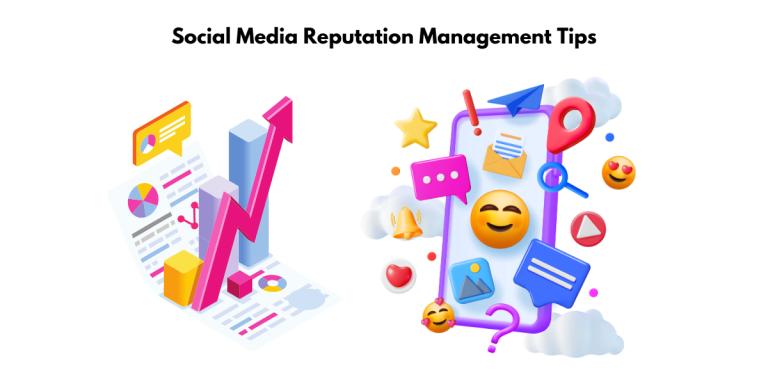The Increasing Importance of Analytics in Today’s Business Landscape
In a world where online conversations drive brand perception, analytics has become the cornerstone of savvy business strategy. It’s no longer enough to post and hope for the best. Companies must understand the impact of their digital presence. Social media metrics extend their reach into various aspects of business, such as customer service, human resources, and sales, shaping a holistic view of a brand’s health. These insights go beyond marketing, influencing overall business performance and driving growth in an increasingly competitive landscape.
Unearthing the Hidden Opportunities with Social Media Data
Identifying Consumer Patterns and Preferences
Decoding the puzzle of consumer behavior is at the heart of social media analytics. By examining which posts resonate most, the content that sparks conversation, and the hashtags that tie them all together, you can identify not just what your audience likes, but why they like it. This deep dive into consumer patterns and preferences arms you with information to curate content that aligns closely with their interests, potentially boosting engagement and loyalty. It’s like having a roadmap to their expectations, and when you meet those, you’re on the path to success.

Monitoring Brand Sentiment and Engagement
Keeping a pulse on how audiences feel about your brand is as crucial as any vital business process. With sentiment analysis software, you can sift through the chatter to uncover the emotional undertone behind mentions—be they positive, negative, or neutral. This real-time monitoring can be a game-changer. It enables you to celebrate the advocates and reach out to dissatisfied customers with solutions, turning potential crises into opportunities for growth. Spotting these sentiments lets you fine-tune your messaging strategies to maintain a positive brand image and foster strong relationships with your audience.
Stages of Implementing Social Media Analytics
Gathering Essential Social Media Metrics
First things first, it’s all about identifying the metrics that matter most to your business. Think of these as signposts guiding you across the dynamic landscape of social media. Key metrics include:
- Engagement: Oftentimes, the true gold isn’t in the number of followers but in how interactive they are with your content. Metrics like likes, comments, and shares paint a picture of your content’s impact.
- Reach and Impressions: These give you a sense of the scale of your audience. How far is your content traveling, and how many eyes are seeing it?
- Growth Metrics: You’ll want to know if your presence is expanding through increases in followers and subscribers, indicating the health of your brand’s social media appeal.
- Conversion Metrics: For the bottom line, it’s about tracking how well social traffic turns into tangible actions, like purchases or sign-ups.
- Customer Response Times and Rate: Just how quickly and effectively are you engaging with potential or current customers?
Armed with these metrics, you dive into the heart of your audience’s digital behavior, unlocking insights that shape strategic decisions.

Transforming Data into Actionable Insights
Transforming raw data into a wellspring of business intelligence requires a blend of technology and human expertise. It’s about connecting the dots between different metrics to uncover patterns and trends. For example, a surge in engagement during a specific campaign can reveal what content resonates best with your audience. Powerful analytics tools can decipher this data and even automate certain actions, like adjusting ad spend or personalizing the customer journey.
The most compelling insights often come from cross-referencing data points—seeing how different metrics interact. This perspective can lead to revelations about the effectiveness of your content strategy, pinpoint optimal posting times, or spotlight potential market segments. Each insight is a step towards a more informed, strategic approach to social media marketing, ensuring every action is measured and every post is purposeful.
Selecting the Right Social Media Analytics Tools
Features to Consider for Comprehensive Analytics
When you’re on the prowl for the perfect analytics tool, keep an eye out for these must-have features:
- Integration Capabilities: The tool should play well with various social platforms and other business systems like CRM and email marketing software.
- Customization: Look for tools that allow you to tailor dashboards and reports to focus on the metrics that matter most to your business goals.
- User-Friendly Interface: Complexity should not hinder your analysis; a good tool offers an intuitive interface that simplifies data interpretation.
- Real-Time Analysis: In the fast-paced world of social media, being able to analyze data in real-time can be the difference between capitalizing on a trend or missing the boat.
- Competitor Analysis: Understanding how you stack up against your competition can offer valuable insights for strategic planning.
With these features, you’re not just collecting data; you’re curating a bespoke analytics experience designed to surface the insights that will empower your business decisions.

Recommended Social Media Analytics Tools for 2024
Navigating the myriad of analytics tools can be daunting, but here are five that stand out in 2024 for their robust features and user satisfaction:
- Sprout Social: Ideal for businesses seeking an all-in-one solution for social media management and analytics. [Top 5 Features: Unified Smart Inbox, Social CRM, Advanced Reporting, Listening Tools, Automated Workflow. Benefits: Streamlines engagement, In-depth customer insights, Data-driven decisions, Time-saving automation, Advanced data visualization. Cons: Premium pricing, May have a learning curve. Best for: Mid-sized to large businesses looking for comprehensive tools.]
- Buffer Analyze: Great for those seeking simplicity and effectiveness in honing their social media performance. [Top 5 Features: Audience Demographics, Post Performance Analysis, Instagram Stories Analysis, Exportable Reports, Team Collaboration. Benefits: Intuitive design, Actionable insights, In-depth Instagram analytics, Easy to share reports, Encourages team input. Cons: Limited in scope for larger enterprises, Fewer advanced features. Best for: Small to mid-sized businesses and marketers focusing on user experience.]
- Hootsuite Impact: Fits businesses intent on tying social media performance to business outcomes. [Top 5 Features: ROI Calculation, Ad Spend Tracking, Team Productivity Reporting, Custom Impact Models, Integration with Google Analytics. Benefits: Directly connects to ROI, Helps optimize ad spend, Measures team efficiency, Customizable for business needs, Comprehensive integration options. Cons: Complex setup, Higher cost. Best for: Large businesses with a focus on detailed ROI tracking.]
- Brandwatch: For companies that need deep insights through consumer intelligence and trend analysis. [Top 5 Features: Image Analysis, Demographic Insights, API Access, Sentiment Analysis, Trend Identification. Benefits: Visual recognition capabilities, Granular audience insights, Flexible data handling, Emotional intelligence through sentiment analysis, Anticipate market trends. Cons: Can be overwhelming for beginners, Higher price point. Best for: Brands needing extensive consumer research and trend analysis.]
- Google Analytics: A must-have for measuring the impact of social media traffic on your website. [Top 5 Features: User Behavior Analysis, Conversion Tracking,Customizable Reports, Real-Time Data, Audience Demographics. Benefits: Comprehensive website analytics, Tracks user journey from social to site, Free access with insightful data, Customizable to fit business goals, Integration with Google Ads for conversion insights. Cons: Learning curve for in-depth features, Mostly website-focused rather than full social media analytics. Best for: Any business with a significant web presence looking to understand the user journey from social media to website conversions.]
Each of these tools brings a unique set of capabilities designed to unlock the full potential of your social media efforts. Whether you’re a small start-up, a growing business, or a large enterprise, there’s a tool tailored to your needs, ready to transform your social media data into valuable business insights.

Utilizing Analytics to Influence Social Media Strategy
Setting Measurable Goals Based on Data Analysis
Setting measurable goals is the foundation of any successful social media strategy. The SMART criteria convert your ambitions into a framework that spells out exactly what you aim to achieve and how to get there. Based on data analysis, set goals that are specific enough to provide direction, measurable to track progress, attainable within your capacity, relevant to your overarching business objectives, and time-bound to create urgency and focus.
Imagine aiming to increase engagement by 20% in the next quarter or striving to grow your follower base by 500 new followers each month. These types of goals give you a clear target to aim for and make it easier to rally your team around a shared vision. They also pave the way for accountability and celebrate milestones, strengthening team morale and providing a sense of accomplishment as you hit each target.
Fine-Tuning Content and Campaigns for Maximum Impact
Once you’ve set your goals, the next step is fine-tuning your content and campaigns. Data analysis can pinpoint which types of content elicit the best response. Say video tutorials are your engagement heavy-hitters—capitalize on that by planning more video content. Or if user-generated content sparks conversation, consider launching campaigns that incentivize your audience to create and share.
But it’s not just about the content type; timing is crucial too. Use data to determine when your audience is most active and schedule posts for these peak times to increase visibility and engagement. Don’t forget to adjust your campaigns based on performance analytics—doubling down on what works and tweaking or discontinuing what doesn’t. This continuous refinement process ensures your content stays relevant, engaging, and on track to achieving your social media goals.

Advanced Tactics: Predictive Analytics and AI in Social Media
AI isn’t just a buzzword; it’s revolutionizing social media analytics by providing depth, speed, and scale unattainable by human analysis alone. The tech digs into unstructured data—like photos, emoji reactions, or colloquial tweets—and extracts meaningful patterns and insights. AI’s ability to learn over time means the more data it processes, the smarter it gets, offering you increasingly refined insights that can improve your social media strategy.
From chatbots that handle customer service queries to algorithms that personalize content for different audience segments, AI leverages the vast pools of data available to deliver a bespoke user experience. The enhanced capabilities for real-time analysis also mean you can be reactive in moments, addressing any issues or capitalizing on opportunities the instant they arise.
Summary
Small business owners can use social media analytics to grow their sales and find new opportunities. Real-time data from social media helps understand what customers want and adjust strategies quickly. You can learn about customer interests, market trends, and industry insights through social media analytics. Four key ways to leverage this data include: targeting marketing efforts based on audience interests, gathering feedback for product development, tracking the success of current marketing strategies using specific metrics like leads and revenue, and predicting future trends to stay ahead. Using these analytics effectively can help businesses reach more people, attract new customers, and boost sales across platforms like Facebook, Instagram, Twitter, and LinkedIn.
- Boost Your Service: Top Customer Service Survey Questions - November 20, 2024
- Leveraging Social Media Analytics and Tools for Business Growth: Unveiling Hidden Opportunities - May 28, 2024
- How to Fix Online Reputation For Your Business: The Fastest Way to Repair Your Google Search Results - January 5, 2024


